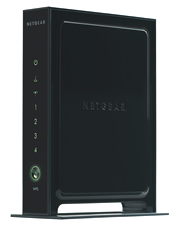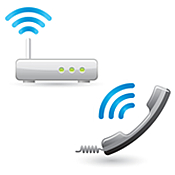Wireless hotspots exist almost everywhere today. Whether you are at your favorite fast food restaurant, hotel, bar, hospital, airport, or anywhere in between you most likely have access to a wireless hotspot. These Wi-Fi resources are extremely convenient and allow users to access a network in order to complete work, check email, or just surf the net. The one thing of concern however is their susceptibility to security intrusions. Wi-Fi hotspots do not encrypt their data, consequently leaving your information vulnerable to hackers.
When utilizing a wireless hotspot it is important that you take the following necessary precautions to keep you and your information protected:
Safety over Convenience:
Although it might be tempting to sign onto any network in order to get your work done it is not the smartest or safest choice. It is advised that you try to locate secure VPN locations that require a login access key. The locations may not be as convenient as the place that enable keyless network entry but they certainly offer more safety.
Prepare your computer for unwanted exposure:
When you need to the access the Internet it might not always possible to access a hotspot that is secure, so it is important that you prepare your computer to the best of your ability. In order to prime your computer for any unwanted security intrusions you may want to try the following:
Disable your Wi-Fi settings when not using it!
When not using Wi-Fi, access your settings and turn it off. If left on your device can access hotspots that could contain threats to your personal information.
Ensure that you are utilizing an active and up-to-date firewall!
Firewalls can be enabled in the security section of your computers control panel.
Disable File and Printer Sharing!
To access your file and printer sharing settings go into your control panel, click to open the computer network and internet folder, and adjust the network and sharing menu.
Encrypt your files!
Encrypting your files can be achieved by right-clicking the folder or file that you want to encrypt, clicking Properties, clicking the General tab, and then clicking Advanced. From here select the Encrypt contents to secure data check box, and then click OK.
Leave private information at home!
Unless it is absolutely necessary, try to avoid keeping important and private information on your portable computer. If you have a desktop computer at home use it house any critical data as opposed to carrying it around where it is exposed to more risk.
Don’t forget about physical protection:
It is equally if not more important to remember that your actual computer is exposed to just as much risk as the information contained on it. Don’t leave your computer unattended where someone can access it or even worse, can take it!
These are just a few of the basic quick tips to consider when working from wireless hotspots.
Have a Great Day!
Dustin
Providing Tech Support for Businesses in Maryland











